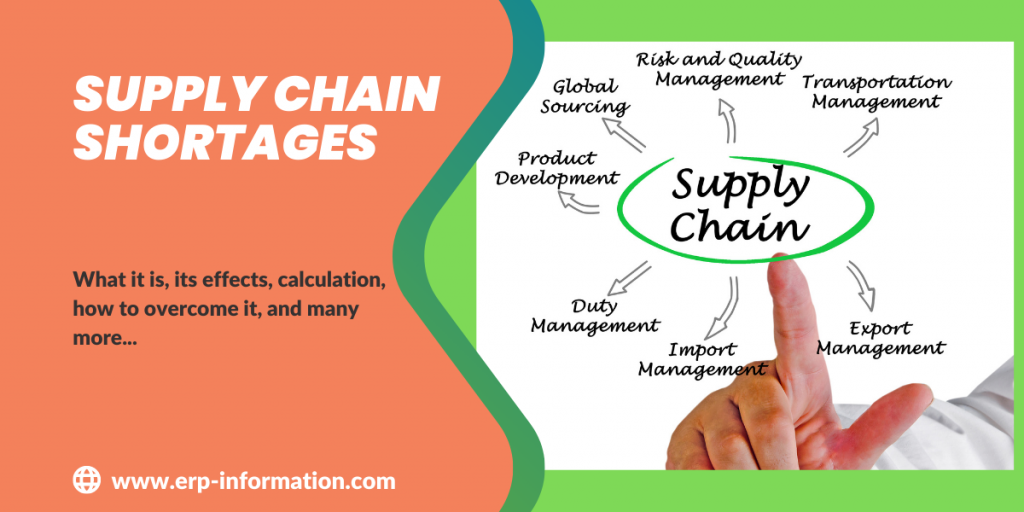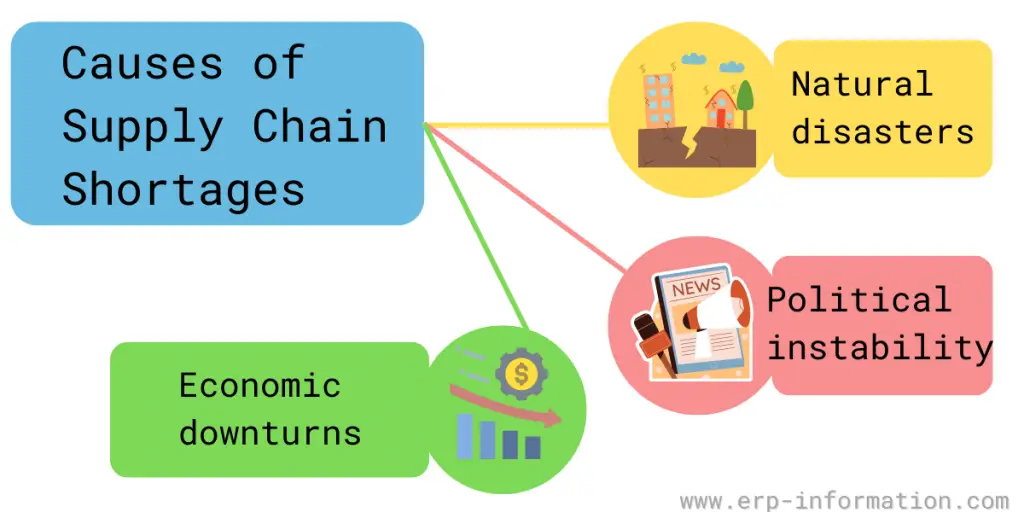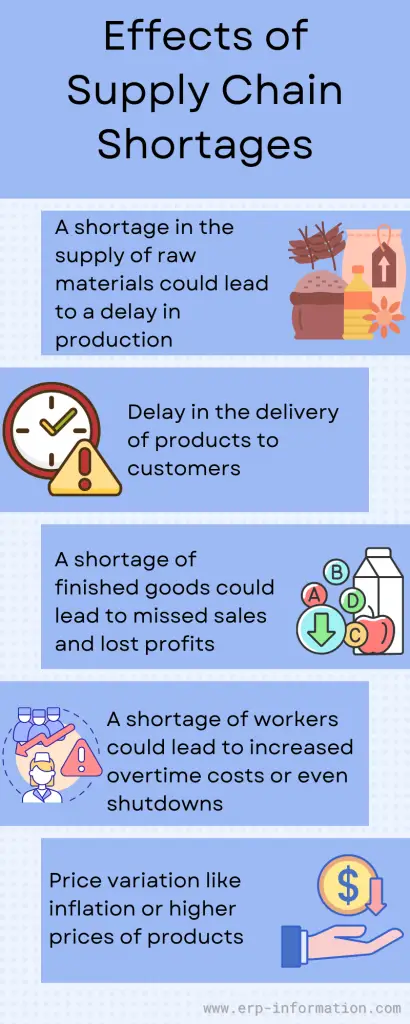
A supply chain shortage can significantly impact businesses of all sizes.
This blog post will provide a comprehensive guide to supply chain shortages. We will discuss what they are, what is causing them, and how businesses can protect themselves from their effects. We will also provide information on global supply chain shortages and the impact of Covid-19 on the supply chain.
What is a supply chain shortage?
A supply chain shortage is an interruption in the flow of goods, materials, and services along the supply chain from suppliers through manufacturers, warehouses, and retailers to customers. Many factors, including natural disasters, political instability, economic downturns, or errors in the supply chain itself, can cause it.
Global supply chain shortages
Global supply chain shortages differ from other types of shortages in that they impact on a global scale. This could include shipment delays, difficulty sourcing goods, and increased prices due to limited supply.
What is causing supply shortages?
A range of factors can cause supply chain shortages. These include natural disasters, political instability, economic downturns, and errors in the supply chain itself.
Natural disasters
It can be caused by natural disasters such as hurricanes, floods, and earthquakes which may disrupt transportation networks or cause damage to factories and other production facilities.
Political instability
Political unrest or government policy changes can also considerably impact supply chains.
Economic downturns
A significant economic shift with businesses and activity seeing a sharp decrease can cause shortages.
Other factors, such as production bottlenecks, labor strikes, transportation issues, capacity constraints, or increased demand for certain goods, may also contribute to supply chain disruptions.
How to calculate supply chain shortage?
To calculate supply chain shortage, businesses must look at the number of goods available concerning customer demand.
This can be done by comparing inventory levels with projected sales forecasts over a certain period. If there is a significant difference between these two figures, then it could indicate a potential supply chain shortage.
- The formula for calculating supply chain shortage is Qd-Qs.
- Where Qd means product demand and Qs means product supply.
- If the result is positive, that means there is a supply shortage.
- If the result is negative, then there is no supply shortage.
Effects of supply chain shortages
A supply chain shortage can have several different effects on a company.
- A shortage in the supply of raw materials could lead to a delay in production.
- Delay in the delivery of products to customers.
- A shortage of finished goods could lead to missed sales and lost profits.
- A shortage of workers could lead to increased overtime costs or even shutdowns.
- Price variation like inflation or higher prices of products
Covid-19 impact on global supply chain and potential consequences for businesses
The Covid-19 pandemic has caused widespread disruption to global supply chains. As a result, businesses have had to contend with reduced production capacity, disrupted logistics networks, fluctuating demand, and a lack of available personnel. As a result, many companies have seen significant losses.
How can businesses protect themselves from the effects of supply chain shortages?
Businesses can protect themselves from the impacts of a supply chain shortage by
- Preparing for potential disruptions and having contingency plans in place
- Preview your existing supply chain
- Identifying potential risks and planning accordingly
- Keeping track of changes in the market
- Ensuring that there is an adequate level of inventory on hand to meet customer demand
- Developing alternative suppliers
- Diversifying production sources
- Taking control over the cost
- Having good relationships with suppliers
- Leverage technology to increase visibility into the supply chain
- Utilize advanced analytics to monitor disruptions and prepare
FAQs
How does a shortage affect supply and demand?
A shortage affects supply and demand because it creates a scenario with more demand for a product than the available supply. When this happens, the product price will increase as people compete for the available units.
Conclusion
The global supply chain is a complex and ever-changing system that various factors can disrupt.
Therefore, supply chain shortages can potentially cause significant losses for businesses worldwide, which is why it is important to review existing supply chains, plan accordingly, and maintain visibility of changes in the market. Additionally, diversifying production sources, leveraging.

